
Project Stakeholders 101: How to Identify, Manage and Turn Key Players into Strong Allies
A project is a high-stakes game!
No matter how skilled you or your team are, success doesn’t depend on you alone!
There are many other players involved who influence the direction of your project. And, in project management, we call these players project stakeholders.
To win, you must have to know them, keep them engaged, and make them feel like they own part of the project.
Without this, you’re essentially playing blind.
However, here’s the tough part: identifying project stakeholders early and keeping them aligned throughout the project isn’t as easy as it sounds.
But don’t worry! We’ve got your back!
In this blog, we’ll show you how to identify project stakeholders and manage them effectively.
Let’s dive in!
What Are Project Stakeholders?
Project stakeholders are anyone who can influence a project or be affected by its outcome. They can be an individual, a group of people, or even an organization.
According to the Project Management Institute:
“Individuals and organizations who are actively involved in the project, or whose interests may be positively or negatively affected as a result of project execution or successful project completion.”
These key players typically:
- Provide resources
- Shape decisions
- Decide whether your deliverables bring real business value
When the project succeeds, project stakeholders share the wins. When it doesn’t, they feel the impact.
Different Types of Project Stakeholders and Their Roles in a Project
In project management, stakeholders are generally classified into two main types: internal and external. But depending on their level of influence and involvement, they can also be grouped as primary or secondary, and as direct or indirect stakeholders.
Internal stakeholders
Internal stakeholders are the people inside your organization who shape how a project moves forward. They understand company culture and priorities, so they align project goals with business objectives.
Common internal stakeholders include-
- Project sponsors: Advocate for the project at senior levels and secure the funding it needs
- Executives and leadership: Set the big-picture strategy and guide resource allocation
- Department heads: Manage a project team’s availability and control departmental budgets
- Project managers: Coordinate plans, teams, and timelines to keep work on track
- Project team members: Handle the daily tasks that drive the project forward
External stakeholders
External stakeholders sit outside your organization but still play a major role in project success. They don’t handle daily tasks, but their feedback and requirements shape how the project is planned and delivered.
Key external stakeholders include:
- Customers and clients: Define success criteria and provide feedback on deliverables
- Vendors and suppliers: Deliver the goods or services your project depends on
- Regulatory bodies: Ensure compliance with laws and standards
- Community groups: Affect or reflect how the project is viewed publicly
- Partners or investors: Hold financial stakes and expect clear returns
Primary Vs. secondary stakeholders
Primary stakeholders: Primary stakeholders are the key players with the most at stake in a project. Their goals, needs, and expectations are directly tied to whether the project succeeds or fails. Examples: project sponsors, customers, project managers.
Secondary stakeholders: Secondary stakeholders are those who are not involved in day-to-day decisions but are still affected by the project’s outcomes. Examples: regulatory bodies, local communities, supporting organizations.
Direct Vs. Indirect stakeholders
Direct stakeholders: Direct stakeholders are the ones working hands-on with the project. They contribute resources, make decisions, and actively drive the project forward. Examples: team members, department heads, clients.
Indirect stakeholders: Indirect stakeholders are on the sidelines of execution, but the project’s results eventually touch or influence them. They experience the outcomes rather than shaping the process. Examples: end-users, government agencies, even competitors.
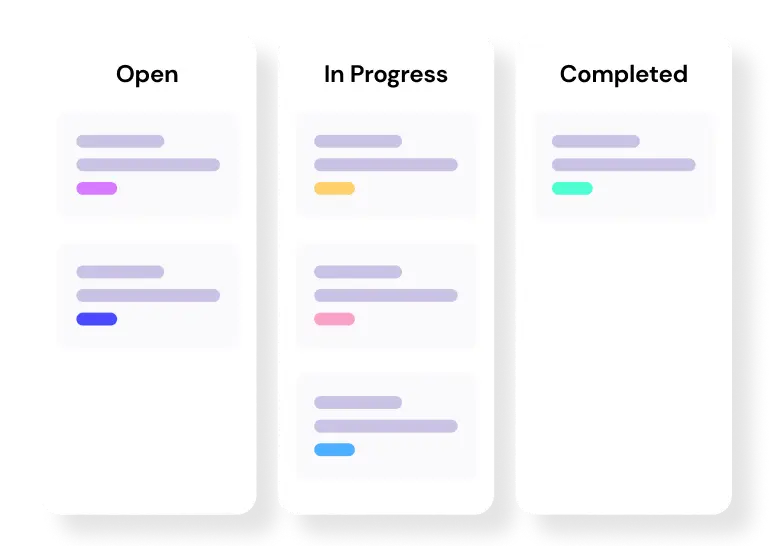
Level up your WordPress project management game with this Trello equivalent solution – where limitless possibilities come at an unbeatable price!
Stakeholders vs. Shareholders vs. Team Members
While these terms sound similar, they represent very different roles in a project. Here’s a clear breakdown:
| Aspect | Stakeholder | Shareholder | Team member |
| Role | Anyone affected by or influencing the project | A subset of stakeholders with a financial interest | Directly responsible for execution |
| Focus | Project success and outcomes | ROI through stock value/dividends | Delivering tasks on time and on budget |
| Examples | Clients, regulators, community groups | Company stock owners | Developers, designers, marketers |
How to Identify Key Project Stakeholders
Here are simple steps to make sure no key project stakeholders slip through the cracks:
Step 1: Brainstorm potential stakeholders
Start by gathering your core team for a brainstorming session. The goal is to identify all people and groups who can influence your project or will be affected by its outcomes.
To guide the process, ask these key questions:
- Who funds this project, or can approve or reject it?
- Who is directly or indirectly involved in the project?
- Who gains if the project is successful?
- Who might be affected by the project’s outcome?
Bonus Tips:
- Begin with the direct ones, then expand to indirect connections
- Remember to account for both internal and external stakeholders
Step 2: Review project documentation
Once you have your initial list, dive into your project documents to uncover stakeholders you might have overlooked. Your project charter, business case, and any other project plans can provide key insights.
When you’re doing this, be sure to look for things like:
- Approval signatures
- Budget allocations
- Compliance requirements
- Referenced departments or external partners
Also, check for regulatory requirements or vendor contracts that might reveal additional external stakeholders you’ll need to consider.
Step 3: Interview key players
The stakeholders you’ve already identified can often help you expand your network. Take some time to interview key influencers and project experts to build relationships from the outset.
And to make these conversations more productive, try simple, direct questions like:
- Who else approves decisions in this area?
- Which departments will this project affect?
- Who usually steps in when problems arise?
As PMP Jason Orloske advises: “At the end of every conversation, I ask, ‘Is there anyone else you’d recommend I connect with?’
In many cases, this smart approach reveals hidden stakeholders who may not be obvious at first glance.
Step 4: Map stakeholder networks
Some stakeholders have informal influence through relationships or expertise. Use organizational charts and team structures to find these influencers who might not appear in official project documents.
Pay attention to:
- Subject matter experts who provide technical guidance
- Long-tenured employees who understand company culture and history
- Cross-functional advisors who influence decisions across departments
- Informal leaders who others turn to for advice and direction
These behind-the-scenes players often shape project decisions more than their official titles suggest.
Final check: Share your complete stakeholder list with your core team and ask: “Have we missed anyone who could influence or be affected by this project?”
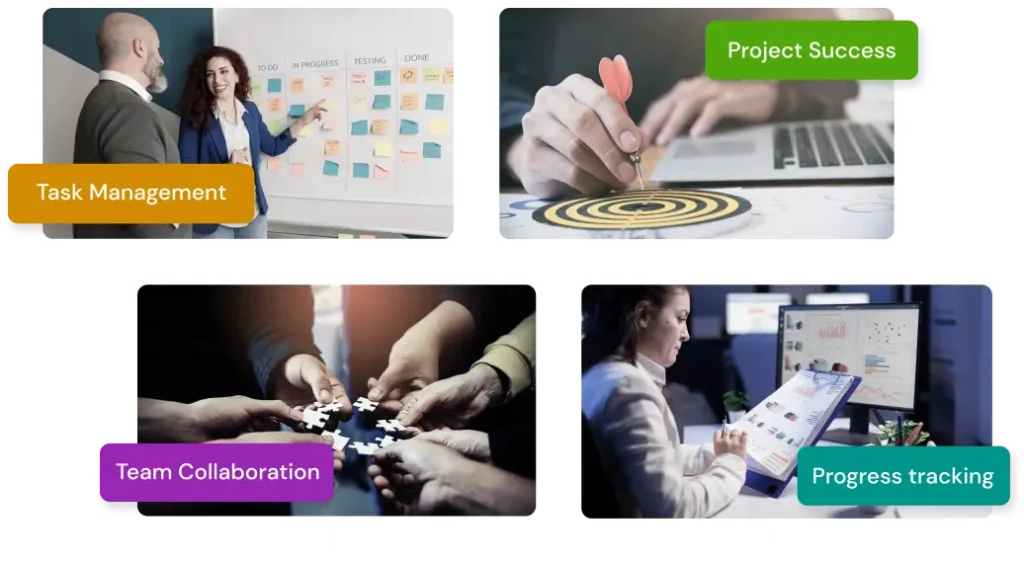
Step into the Future of Project Management!
Analyze Stakeholders with Power and Interest
At this point, you’ll have identified your stakeholders, but not all carry the same weight. Some can approve budgets or stop projects entirely, while others just need periodic updates.
Research from McKinsey shows that 50% of a company’s value often comes from just 15-20 key roles
This is where the Power-Interest Grid comes in with two dimensions:
- Power: How much influence do they have over your project?
- Interest: How much do they care about your project’s outcome?
This approach creates four clear categories:
| Power Level | High Interest | Low Interest |
|---|---|---|
| High Power | Manage Closely Regular updates and decision involvement | Keep Satisfied Executive summaries, no daily updates |
| Low Power | Keep Informed Detailed updates and feedback channels | Monitor Automated updates, group communications |
Ultimately, this prioritization ensures your energy goes where it matters most, strengthening alignment, reducing risks, and keeping the project on track from start to finish.
How to Effectively Manage Project Stakeholders
Managing stakeholders is all about balance, keeping them informed, involved, and confident that the project is moving in the right direction. Let’s walk through the steps to make this happen:
Share project documentation first
“Early stakeholder alignment on project scope prevents most disagreements before they start.”
Cheryl Yeoh
Before stakeholders can meaningfully engage, they need to understand your project plan. So, create comprehensive documentation that covers your project overview, including:
This upfront clarity prevents confusion and sets proper expectations from the start.
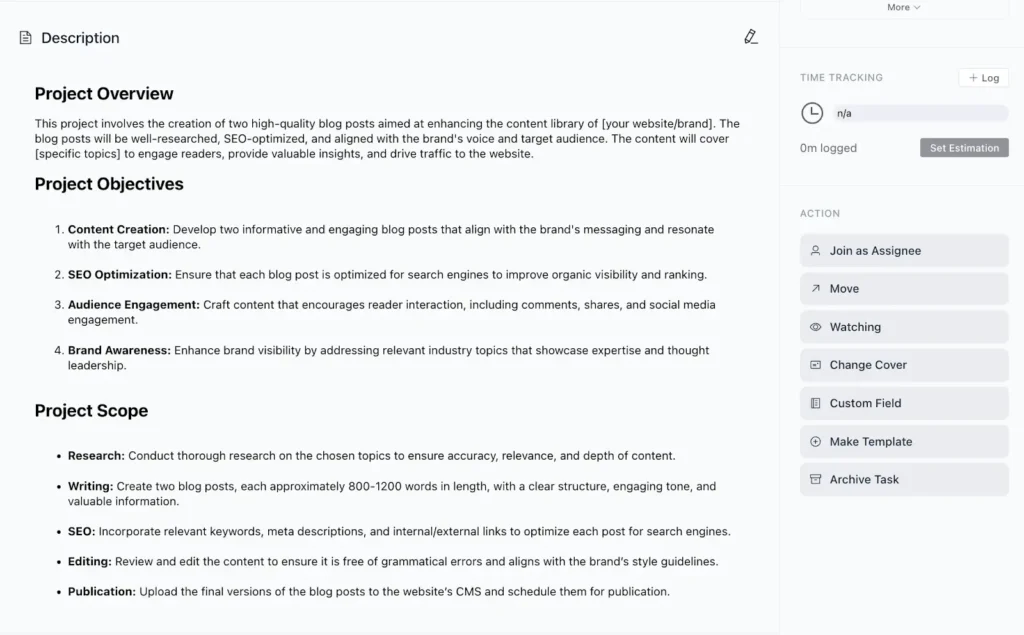
Also, this becomes the foundation that stakeholders review and understand before any project workflow setup or task assignments begin.
Set up project communication processes
Once stakeholders understand your project plan, it’s crucial to keep them informed throughout the project lifecycle. Remember: different stakeholder groups need different levels of communication.
Instead of scattering updates across emails and chat threads, centralize communication in a clear, organized format. Decide how often updates will be shared and through which channels.
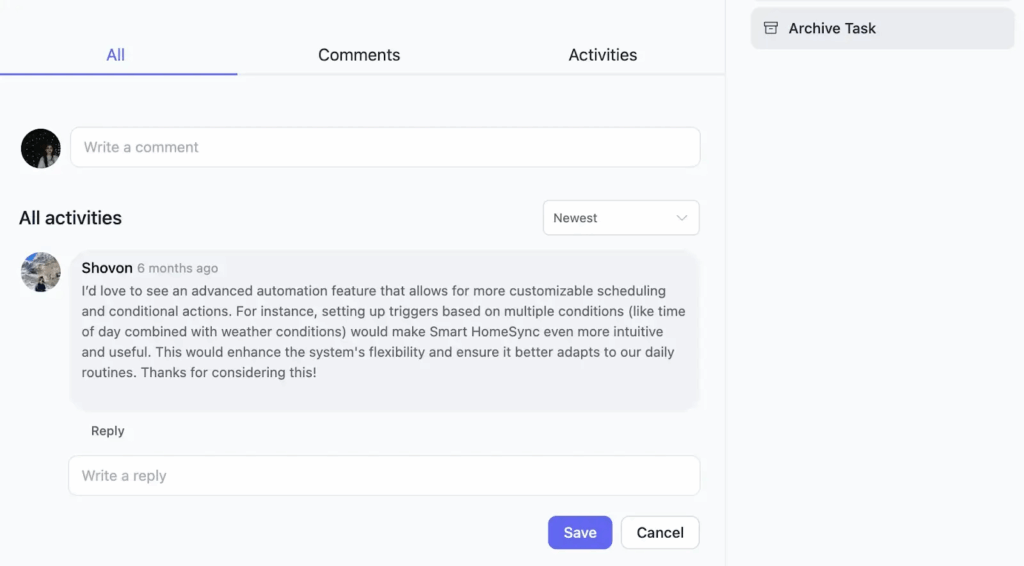
A tool with real-time communication capabilities can make a huge difference.
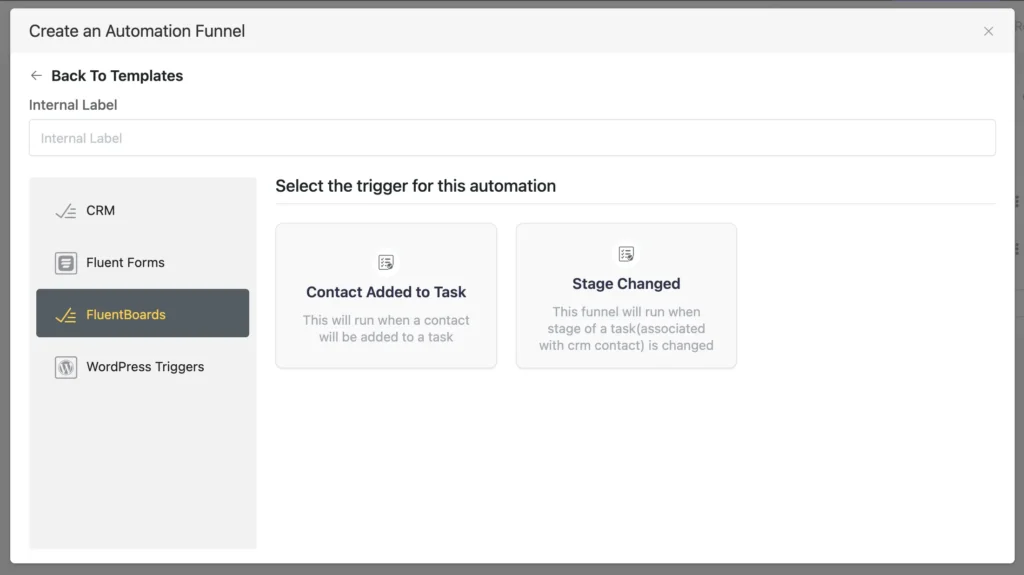
Even better, if it integrates with your CRM, it can automate key notifications, like task creation, stage changes, or deadlines, saving you time and keeping everyone on the same page.
Create stakeholder visibility systems
After establishing clear communication, the next priority is ensuring stakeholders can actually see the project’s progress.
Different stakeholder groups need different visibility levels:
- Executives want strategic overviews
- Team members need detailed task updates
- External clients prefer milestone status
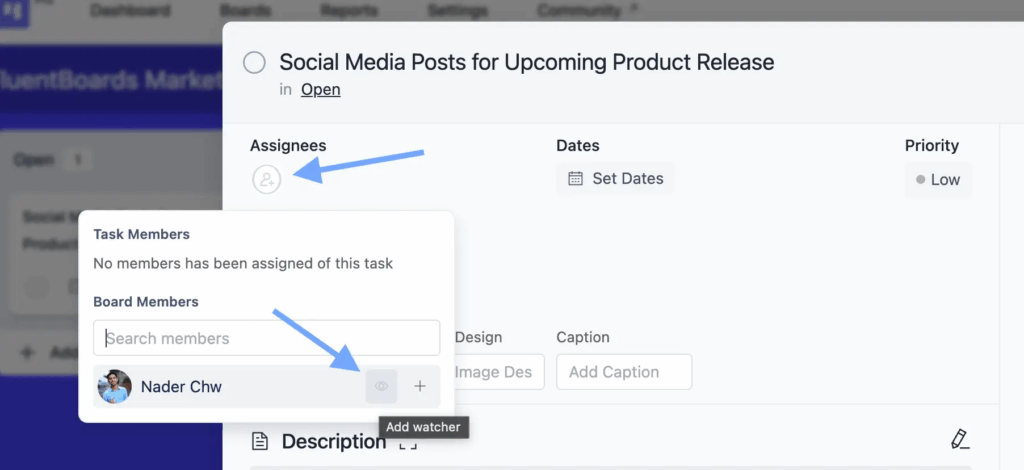
Some stakeholders only need monitoring capabilities on specific areas, so adding them as watchers on relevant tasks keeps them updated through notifications while maintaining their observer role without editing access.
Build monitoring and feedback systems
Some stakeholders require broader project visibility. External clients or senior executives often need dedicated portals where they can:
- Monitor overall project progress
- Review project milestones
- Access key documents without navigating internal systems
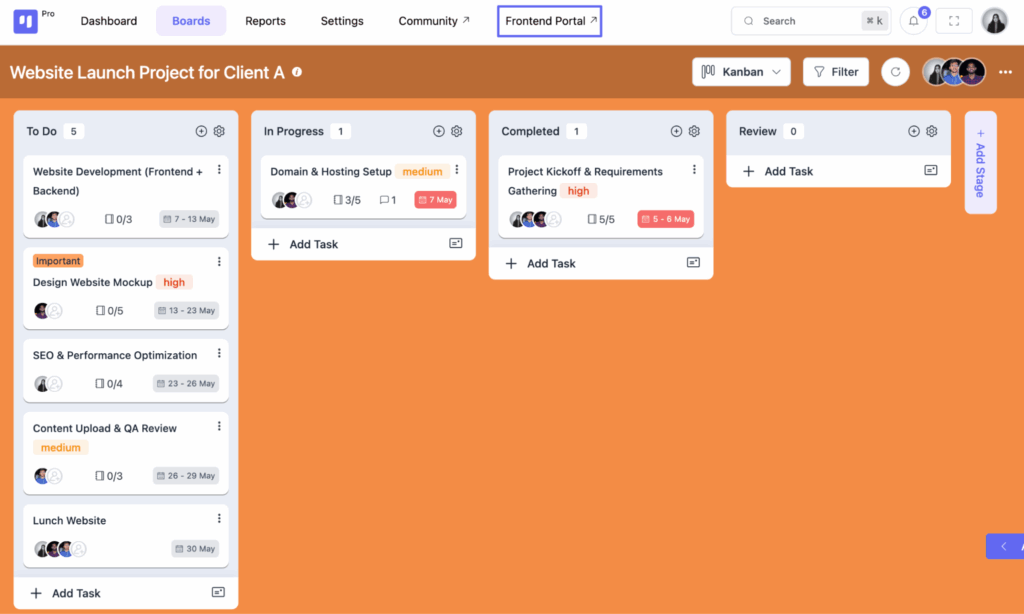
This approach gives stakeholders direct access to project information while enabling feedback collection, reducing administrative tasks and keeping everyone engaged.
Maintain ongoing stakeholder engagement
Think of your project as a movie. A good director doesn’t just show up on opening night; they’re involved in every step of the production, from pre-production to the final edit.
Similarly, keep stakeholders engaged throughout the project lifecycle, not just at kickoff. Continuous involvement makes them feel invested in the outcome.
A great way to do this is with a high-level, visual roadmap. This gives everyone, from executives to clients, a bird’s-eye view of the project’s strategy and progress.

By sharing this strategic overview, you promote transparency and ensure all parties are aligned with the project’s goals.
The Benefits of Identifying and Managing Stakeholders
Here’s what effective stakeholder identification and management actually gives you in return:
- Prevents expensive surprises: Engaged stakeholders flag issues early instead of after you’ve built everything wrong.
- Speeds up decisions: When stakeholders understand your project, approvals happen faster and obstacles get removed quickly.
- Reduces scope creep: Clear communication manages expectations and prevents scope creep.
- Secures resources: Supportive stakeholders fight for your budget, team members, and timeline when competing priorities emerge.
- Builds project champions: Well-managed stakeholders become advocates who defend your work in meetings you’re not invited to.
- Minimizes resistance: Addressing concerns proactively turns potential opponents into supporters.
Turning Stakeholders into Strong Allies
Projects succeed not just on plans, but on people. Stakeholders are the ones who unlock resources, smooth conflicts, and push momentum forward.
As Cornelius Fichtner puts it, “The P in PM is as much about ‘people management’ as it is about ‘project management.“
When you get stakeholder management right, you gain more than just approval; you gain powerful allies. This approach builds a foundation of alignment, advocacy, and unstoppable momentum.
So next time you start a project, don’t just map tasks and timelines. Pause, identify, and engage your stakeholders. Because when they are with you, your project isn’t just on track, it’s set up to succeed.
Thanks for reading, and here’s wishing you stronger partnerships and smoother project journeys ahead!
Let’s redefine project management with FluentBoards!
Get Tips, Tricks, & Updates
We won’t send you spam.











![how to create a project management workflow [x steps] (2)](https://fluentboards.com/wp-content/uploads/2025/11/How-to-create-a-project-management-workflow-x-steps-2-768x402.webp)
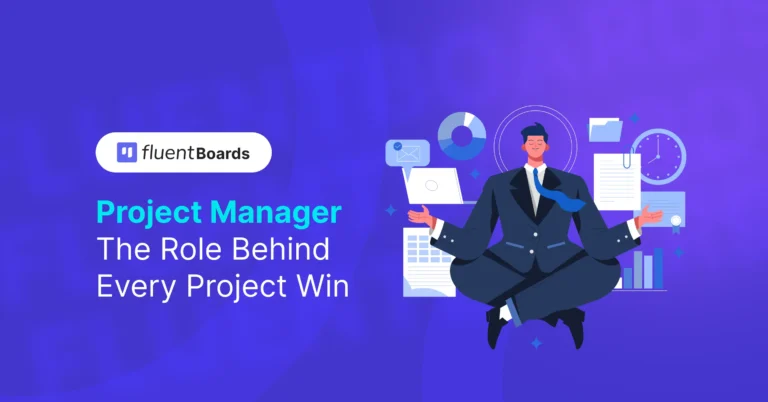

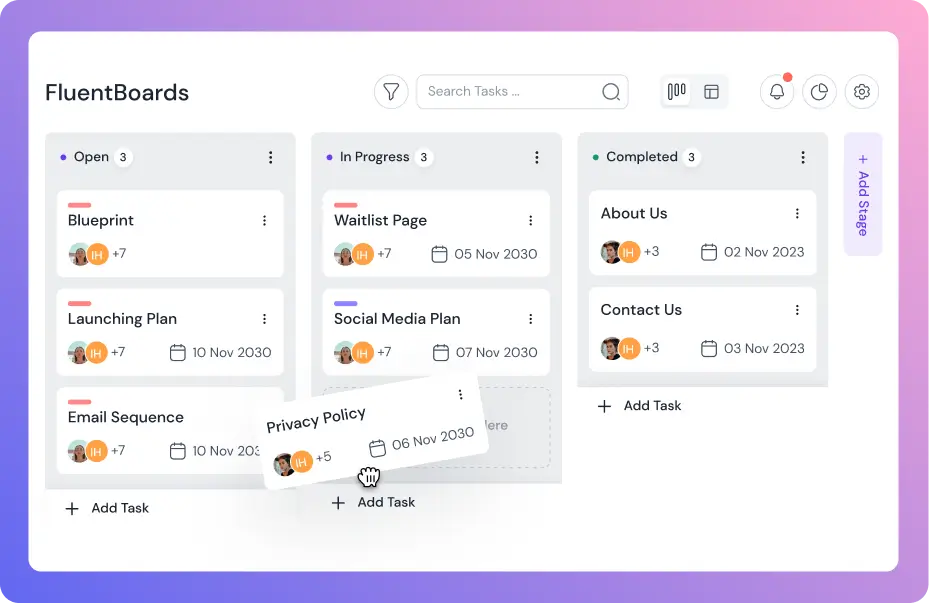
Leave a Reply